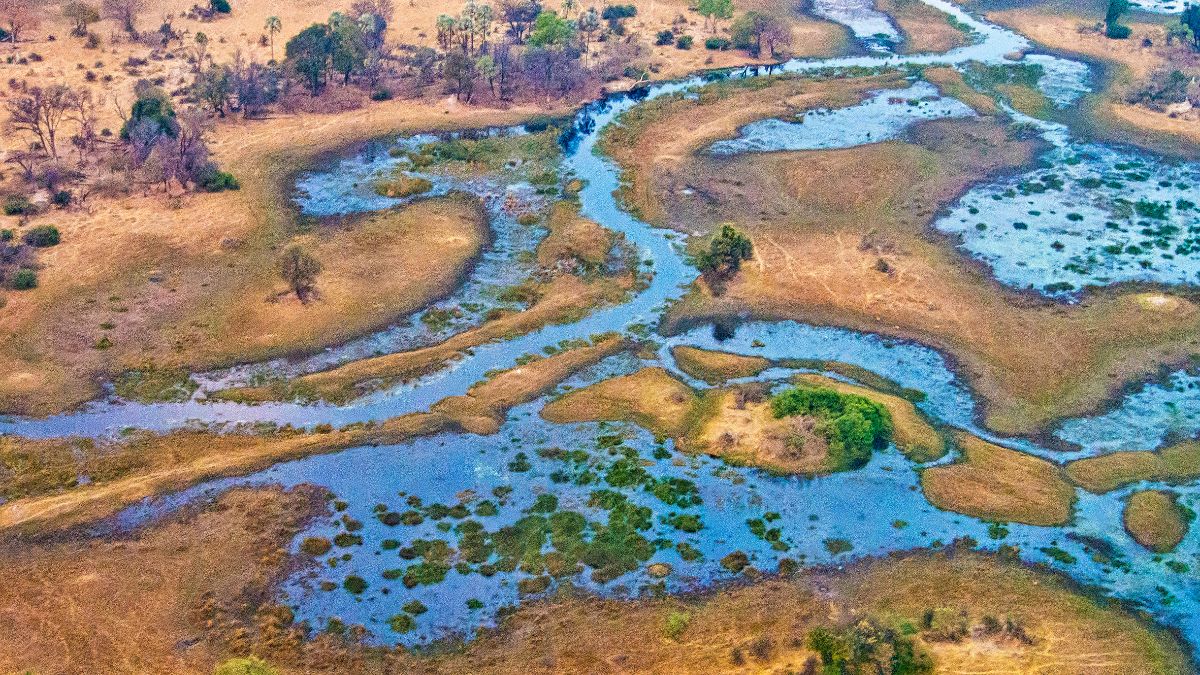World’s Largest Delta: The Ganges Brahmaputra Delta, also called the Sundarbans Delta, is the largest delta in the world. It is formed where the Ganges, Brahmaputra, and Meghna rivers meet before flowing into the Bay of Bengal. Stretching over 100,000 square kilometers, it covers vast areas of Bangladesh and eastern India, especially West Bengal. This incredible delta is not just the biggest, but also one of the most fertile and biodiverse regions on Earth.
Formation of the Ganges Brahmaputra Delta
The formation of this vast delta began thousands of years ago through the deposition of sediments carried by the Himalayan rivers. As these rivers flow down the mountains, they gather enormous amounts of silt, sand, and clay, depositing them when they meet the sea. Over centuries, these layers built up the landmass that forms the present-day delta.
The process continues even today, with the delta constantly expanding and reshaping itself due to seasonal flooding, tides, and sedimentation. This ongoing natural process makes the Ganges Brahmaputra Delta a living and dynamic landscape that keeps evolving with time.

Geographical Importance of the Delta
The Ganges Brahmaputra Delta plays a vital geographical role in South Asia’s environment and economy. It acts as a natural barrier, protecting inland areas from cyclones, storm surges, and tidal waves that frequently arise from the Bay of Bengal.
The delta’s southern region is covered by the famous Sundarbans mangrove forest, which acts as a shield against coastal erosion. It is also home to countless islands, distributaries, and wetlands that support diverse life forms. The region’s dense river network also helps in irrigation, supporting millions of farmers in India and Bangladesh.
Economic and Agricultural Significance
The delta is known as one of the most fertile agricultural regions in the world. The rich alluvial soil deposited by the rivers makes it ideal for growing crops like rice, jute, tea, sugarcane, and pulses. The Sundarbans region also supports fishing, honey collection, and timber industries, which provide livelihoods to millions of people.
Major cities such as Kolkata in India and Chittagong in Bangladesh are located near this delta, serving as major trade and commercial hubs. The presence of navigable waterways allows easy transportation of goods, making the delta a center of economic activity and development for both countries.
UNESCO World Heritage Site
The Ganges Brahmaputra Delta is a global biodiversity hotspot. It hosts the Sundarbans mangrove forest, the largest mangrove forest in the world, recognized as a UNESCO World Heritage Site. This forest is home to the Royal Bengal Tiger, estuarine crocodiles, spotted deer, and hundreds of bird species.
The delta’s wetlands and waterways also support rich aquatic life, including hilsa fish, which is a key food and export species in Bangladesh and eastern India. The region also acts as a crucial carbon sink, helping reduce global warming by absorbing carbon dioxide.
Challenges Facing the Delta
Despite its importance, the Ganges Brahmaputra Delta faces serious threats. Rising sea levels, climate change, and frequent cyclones are causing large parts of the delta to submerge. Soil erosion and salinity intrusion are reducing the area’s agricultural productivity. Human activities such as deforestation and overfishing are also disturbing its delicate ecological balance.
Governments of India and Bangladesh, along with international organizations, are working on conservation projects to protect this unique region and preserve the Sundarbans ecosystem for future generations.
Important Facts About the Ganges Brahmaputra Delta
1. Largest Delta in the World
Covering about 100,000 square kilometers, it is the biggest delta on Earth, larger than any other river delta system.
2. Formed by Three Major Rivers
The Ganges, Brahmaputra, and Meghna rivers together create this extensive delta, bringing nutrient-rich sediments from the Himalayas.
3. Located in Two Countries
The delta lies in both India and Bangladesh, forming the most important geographical feature of the Bengal region.
4. Home to the Sundarbans Mangrove Forest
This delta hosts the Sundarbans, the world’s largest mangrove forest and a UNESCO World Heritage Site, known for its dense mangroves and wildlife.
5. Habitat of the Royal Bengal Tiger
The Sundarbans Tiger Reserve is the natural habitat of the Royal Bengal Tiger, one of the most endangered big cats in the world.
6. Extremely Fertile and Populated
The fertile alluvial soil supports millions of farmers. The delta is among the most densely populated regions globally, with more than 130 million people living in and around it.
7. Faces Environmental Challenges
The region is highly vulnerable to climate change, cyclones, and rising sea levels, which threaten both human life and biodiversity.
Read more: Which is the World’s Largest Drainage Basin?
Comments
All Comments (0)
Join the conversation